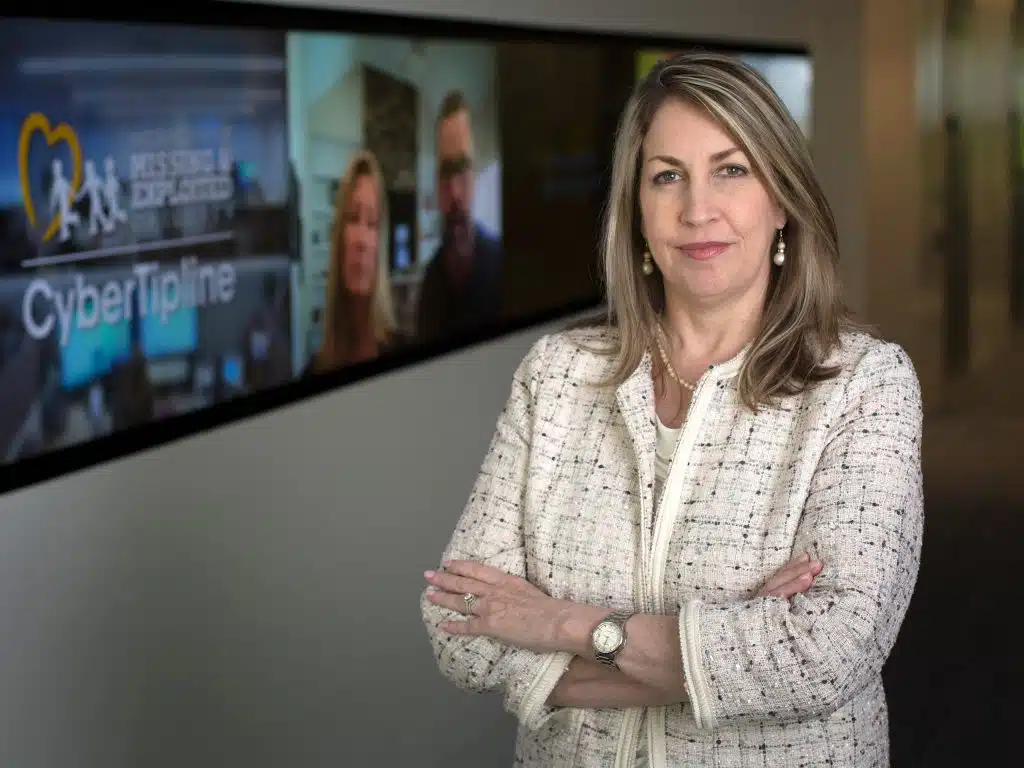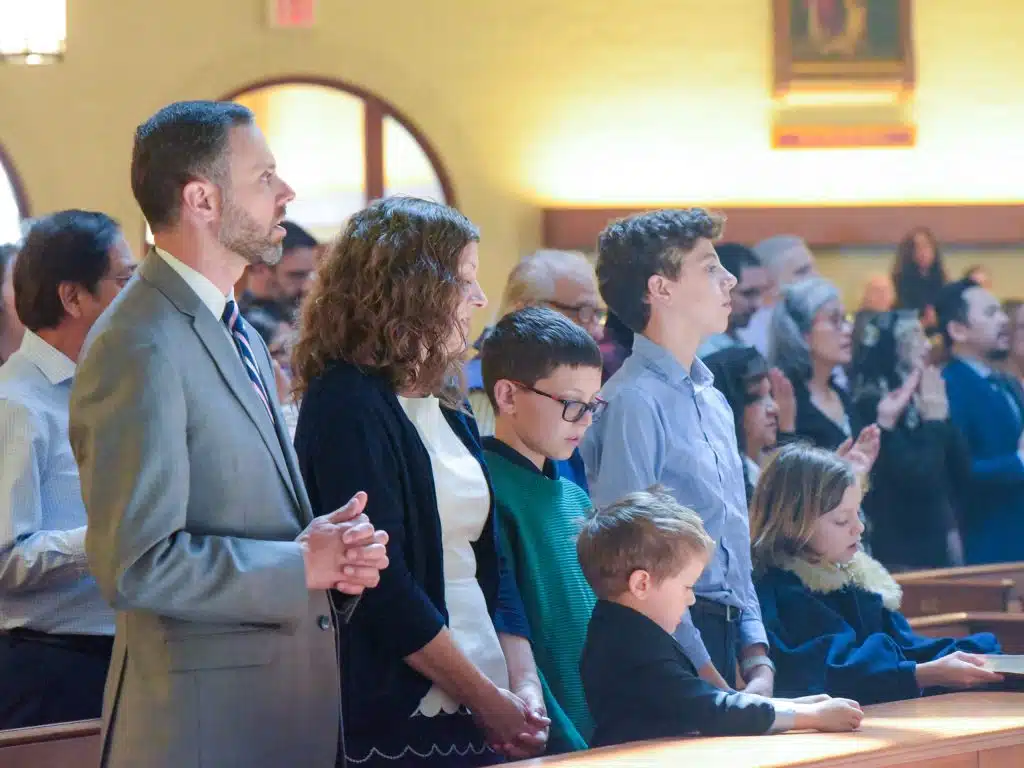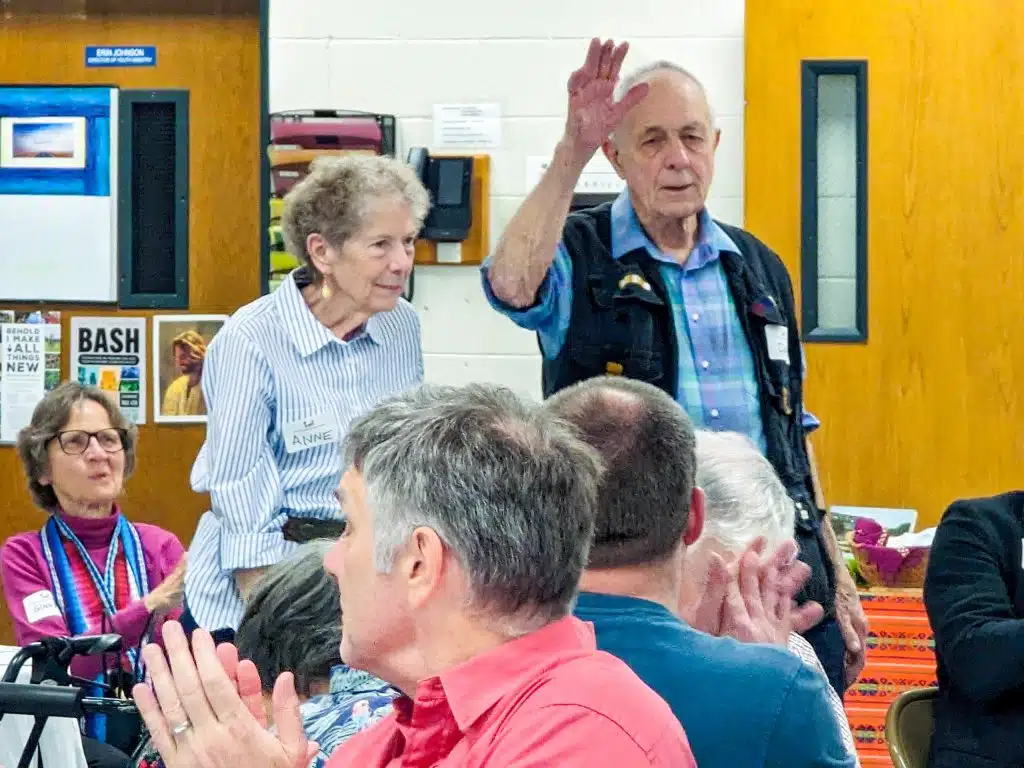WASHINGTON (CNS) – Exercise might not be able to stop the aging process but it can certainly prevent or slow down some of its effects.
Exercise can improve the ability to do everyday tasks and manage diseases such as diabetes, heart disease and osteoporosis, and provide increased balance, strength and mood, according to the National Institute on Aging’s Go4Life outreach campaign, which promotes physical activity among older Americans.
A 2010 study from the American Geriatrics Society also found that exercise is especially effective in preventing cognitive disorders in women, aged 65 or over. “Women who remain sedentary have nearly twice the chance of cognitive impairment as do women who are active,” said lead study author Laura Middleton of the Sunnybrook Health Sciences Center in Canada.
The American Geriatrics Society also points out that exercise can lower one’s risk for falling, which can lead to injury.
The National Institute on Aging at the National Institutes of Health recommends that seniors choose activities that involve four types of exercise: endurance, strength, balance and flexibility. Combining types of exercise not only improves different areas of the body, but it also reduces boredom and prevents overuse of certain muscles.
Exercise such as swimming, walking and yoga are low-impact but engage the whole body, which makes them ideal for beginner exercisers or those in their golden years.
Whatever a seniors’fitness level is, there are countless options for improving quality of life through exercise and socialization.
“We have a common saying that if you don’t use it you lose it,” said Justine Merlin, director of therapeutic services at Immaculate Mary Home in Philadelphia.
Residents of Immaculate Mary Home are encouraged to participate to the extent they can. Residents are offered daily exercise to begin their morning, such as outdoor strolls, and special events that include physical activities, such as gardening for Earth Day, are worked into the schedule.
Another option for exercise is joining a local gym, YMCA or health club, which gives seniors an opportunity to meet and socialize with others like them who are trying to stay healthy and active. Many fitness centers have group exercise sessions that can make exercising seem more like fun than work, alleviating a common roadblock to exercise.
Some facilities even offer specially designed classes for older generations. Zumba, a Latin and hip-hop inspired dance class and one of the latest fitness crazes being offered at many gyms, also has a Zumba Gold program, tailored for older individuals who want to work at a slower pace with people their own age.
St. Andrew Church in Roanoke hosts its own senior fitness class, taught by 83 year-old parishioner Gene Jones. Jones, who holds several regional, national and world titles in bench pressing didn’t begin exercising until he was 68 years old, but is now certified as a senior fitness adviser.
He works with parishioners in wheel chairs and walkers, using exercise bands to provide resistance to their motions. Although he described his exercises as “nothing major,” he said they are important to health and longevity.
Jones, who suffered from colon cancer, only took off two weeks of exercise during a year of chemotherapy treatments and believes his fitness regimen helped him to overcome the obstacle.
“I’ve got a long time to live yet,” said Jones, who does all the exercises with his students.
He said he likes working with seniors, because people can relate to his age and see that he is trying to take care of himself.
He advises the group to try everything at their own pace, even sitting down if necessary.
“No matter what your age is you can still do it; you can do something. You can do it, and it’s not going to hurt you,” he tells them.


